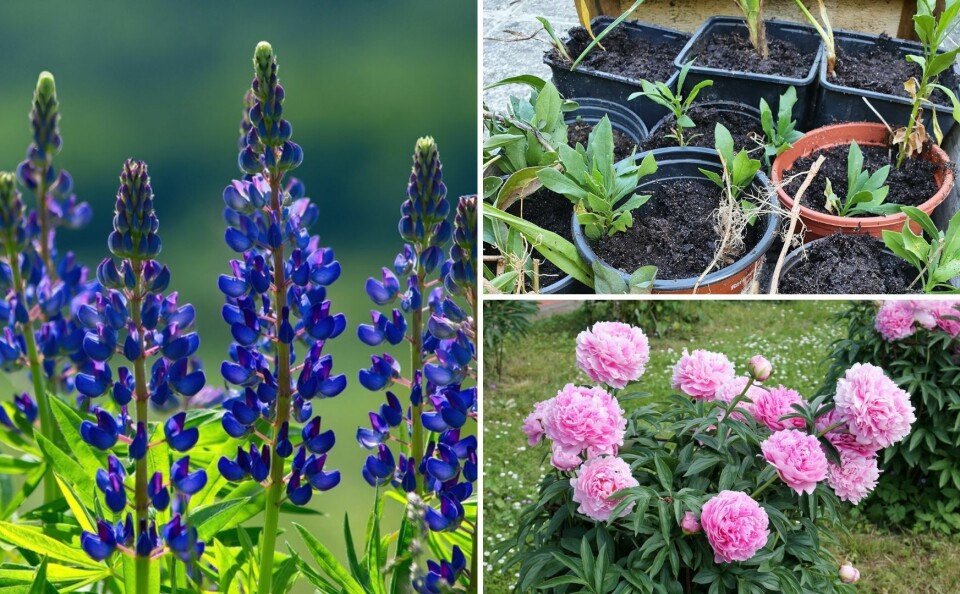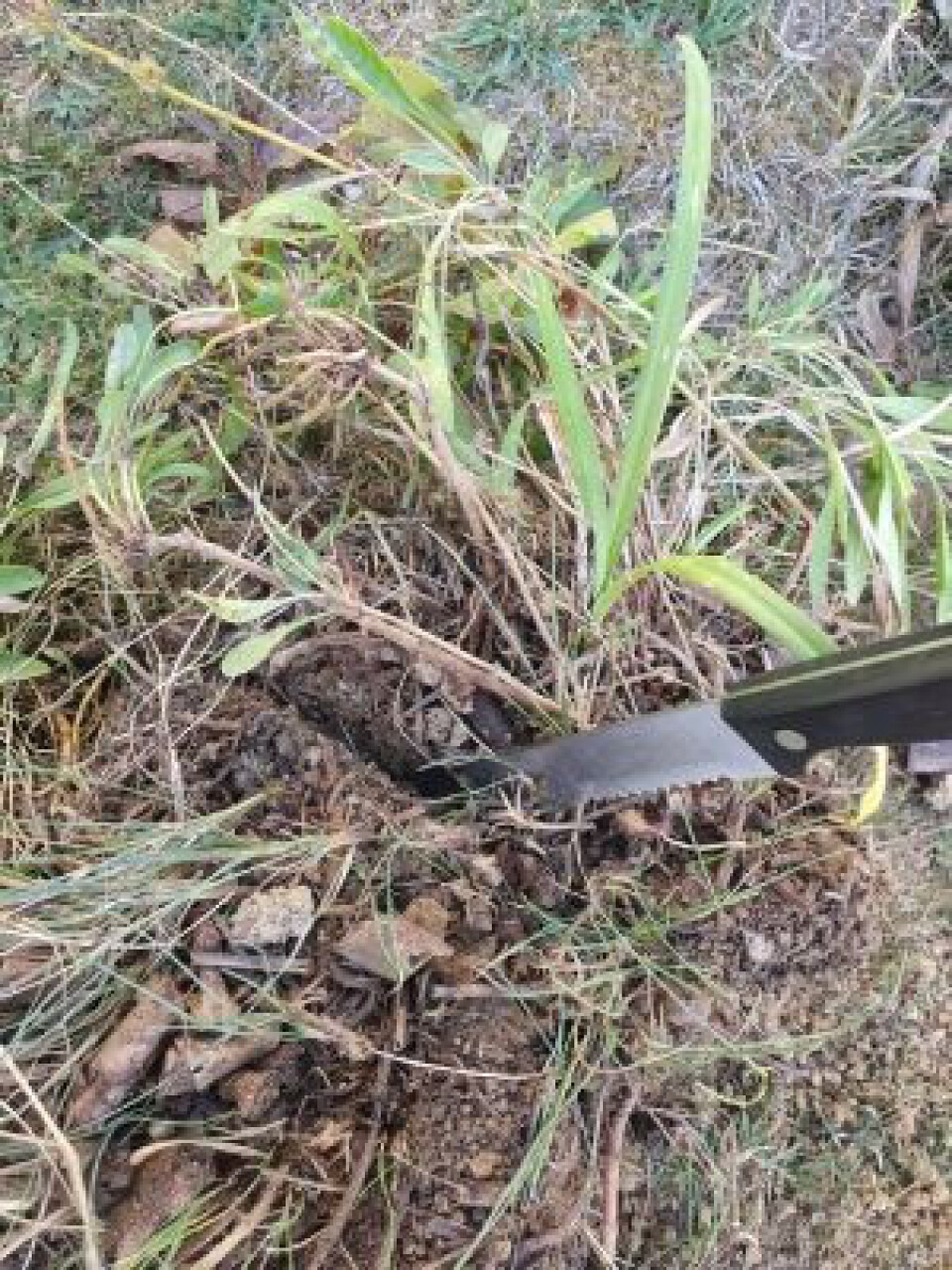-
France’s wild garlic season is here – but foragers should beware toxic lookalikes
Spring brings the fragrant plant to woodlands nationwide. We explain what to look out for
-
Let your lawn grow, water for birds: how to help wildlife in your French garden
‘It is acceptable to have untidy hedgerows,’ says biodiversity spokesperson.
-
How to help hedgehogs in your garden in France
Follow these tips to create a healthy ecosystem for this protected species
Gardening in France: New Year’s resolutions and jobs for January
Take time to assess last year and get excited about the gardening year to come

January is a time for reflection and resolve and, happily, in the garden, this could not come at a better moment.
While much of the garden sleeps and is more subdued, you have the time to pause, to plot and to plan.
Divide perennial plants
If it is not too cold, if the soil is not frozen, you can dig up and divide perennial plants.
If you are a novice gardener, do not be intimidated by this advice and be thrilled by the idea of more plants for free.
Read more: Best plants to add a pop of winter colour to your French garden
Big clumps of day lilies (hemerocallis) are easy: get a fork underneath them all the way around to loosen the soil, then dig them out and stand the root ball on the ground.
If the roots are not too congested, you can pull clumps apart. However, if it is one big solid mass and separating by hand is never going to happen, plunge your fork, from the top, into the centre of the roots.
Using a second fork (or spade if you do not have a second fork), push it into the roots, back to back with the first fork. Then, pulling the two handles away from each other, split the root ball. Depending on the size of the clump, you can subdivide the halves.
Dig over the space where the plant was, adding garden compost and some well-rotted manure to beef up the bed and replant some or all of your divisions – space them apart and plant to the same depth as previously.
Read more: France garden tips: try agapanthus, it is hardier than you think
Split older herbaceous plants that have died in the middle
Think about how you want your bed to look – whether you want an enormous mass of lilies in one spot or whether you want to create a long continuous edge or a repeating rhythm.
This method works for a great many perennials. Small clumps of very fibrous rooted plants can be cut with an old bread knife.

Photo: Dividing perennials with a bread knife; Credit: Sarah Beattie
Some herbaceous plants, as they age, die off in the middle. You end up with a ring effect, with a bare earth centre, instead of a pleasing mound.
Pinks, thymes, coreopsis and the Cape daisies formerly known as osteospermum are particularly susceptible.
Dig up the entire plant. It should be easy to pull into separate smaller plants, each with roots. Pot some up, water and keep in a relatively sheltered spot. Improve the border soil as before and replant the rest.
Keep some potted plants to place elsewhere and swap some for something different with a friend or neighbour.
Learn from last year’s mistakes
While surveying your January garden, it is good to reflect on the failures of the past year.
In gardening, we can learn from our mistakes. Sometimes we repeat them. Occasionally we are serial offenders.
I really should stop trying to grow lupins and delphiniums. They do not survive in my garden. I have tried from seed, from bareroots, from plugs and even by investing in an expensive 3-litre pot grown plant.
I have created microclimates, dug deep and enriched the soil, created slug barriers of copper, crushed shell, wool, sand and coffee but all have failed. I should resolve to give up.
However, I crave those majestic spires of rich colour and every year, somehow, I weaken, and buy another, trying it in a different spot.
I have discovered inky blue annual lupins can thrive here and larkspur, although fickle, might give me a decent show.
Read more: My tips for successfully growing lemons in France
Attack the weeds before spring
Resolving to get on top of the weeding is another fervent wish. Dealing with deep rooted perennial weeds now will save you hours of work in spring. If you have couch grass, convolvulus or cinquefeuille, now is the time – get a thick kneeling pad and a small fork as well as your border fork. Loosen the soil with the big fork all around your plants and pull up the weeds.
If any perennials have weeds through them, dig the clumps out and try to remove all the offending roots. Be as scrupulous as you can, get up close and personal with the small fork to remove any trace.
My nemesis, cinquefeuille, is the worst culprit with a long, easily broken dark brown taproot and the ability to send up to 15 strawberry-like runners from each plant. It can easily overrun a bed.
If you mulch well, after replanting your perennials, you can smother annual weed seeds too – the only snag is that you might also prevent wanted self-seeders such as cosmos or antirrhinum.
Make supports for peonies
If you are pruning long whippy shoots from any shrubs or trees, use them to make a protective dome over herbaceous peonies.
Push both ends of the branches into the soil all around the peonies, arching over the centre. The new peony leaves will push up between and hide the support and the flower heads will be less likely to flop onto the ground.
Remember things take time
Use the winter to look at the shape and flow of your garden.
Re-cut edges of borders: I continually extend mine to get more space for flowers. When I first started, creating flowerbeds in solid clay was such hard physical work, I wept in frustration at one point.
I managed a border a spade’s width down the drive – it’s now a metre wide and years of mulching has made the soil workable.
Remember as you start a new gardening year that things take time, you are not on a makeover show and, unless you are extremely fortunate, your time and resources are finite.
Your garden is there to give you pleasure. Enjoy creating your paradise, however that looks.
Readers with a gardening query or a column topic suggestion for Sarah can send an email to: news@connexionfrance.com
Related articles
French gardens to delight visitors in the bright, cold days of winter
Gardening in France: Dianthus or pinks are a classic passalong cutting
Plea to plant local flowers in your gardens in France
























